

FREE SHIPPING 🇩🇪 €40 | 🇪🇺 €50 | 🇺🇸 €200
0.00TL
[icon] Order now and your package will be delivered in [days] days to [COUNTRY_SELECTOR]
4.8/5 ⭐️⭐️⭐️⭐️⭐️ | Free shipping in EU from 50€ | 100% Refund on Returns | Made in Germany
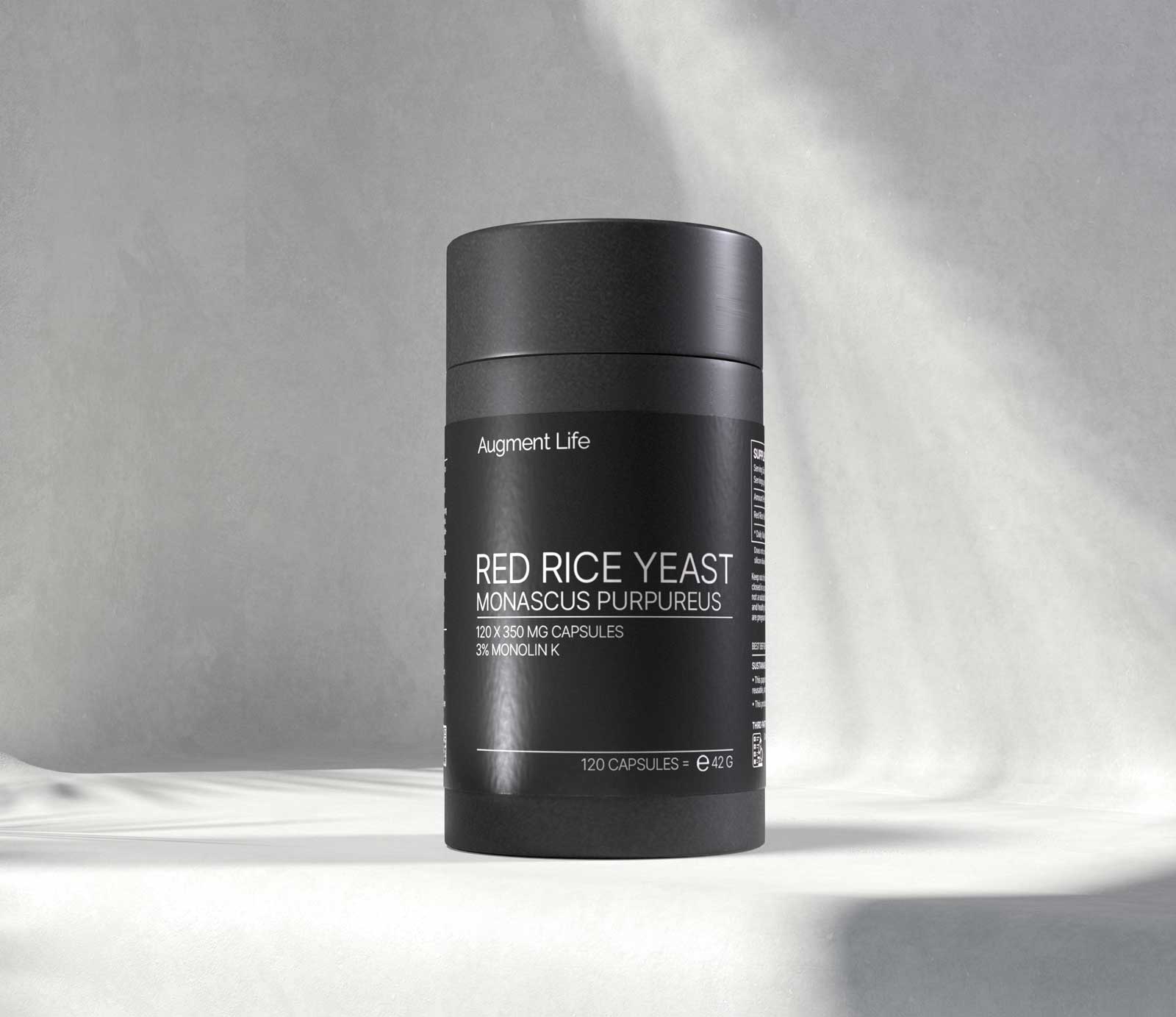
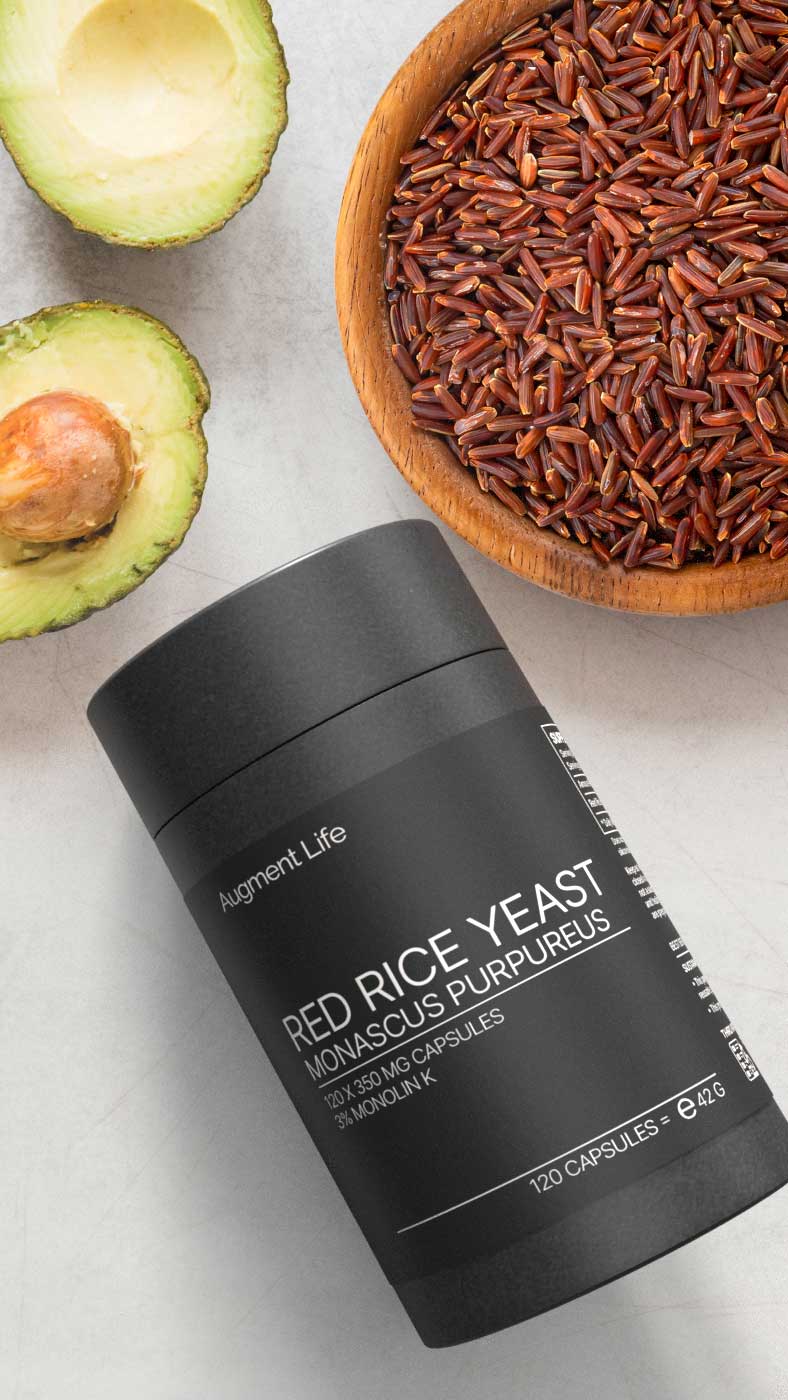

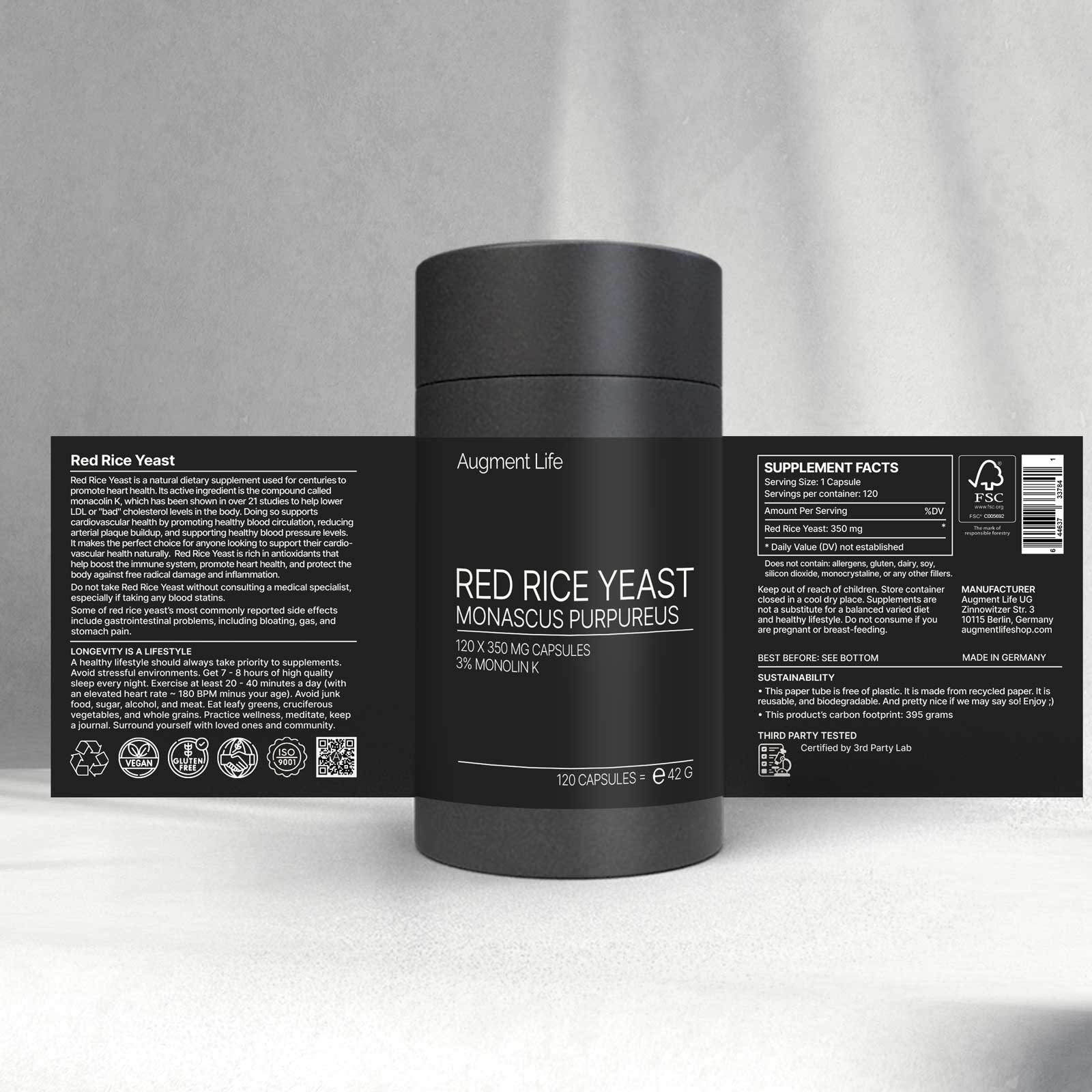
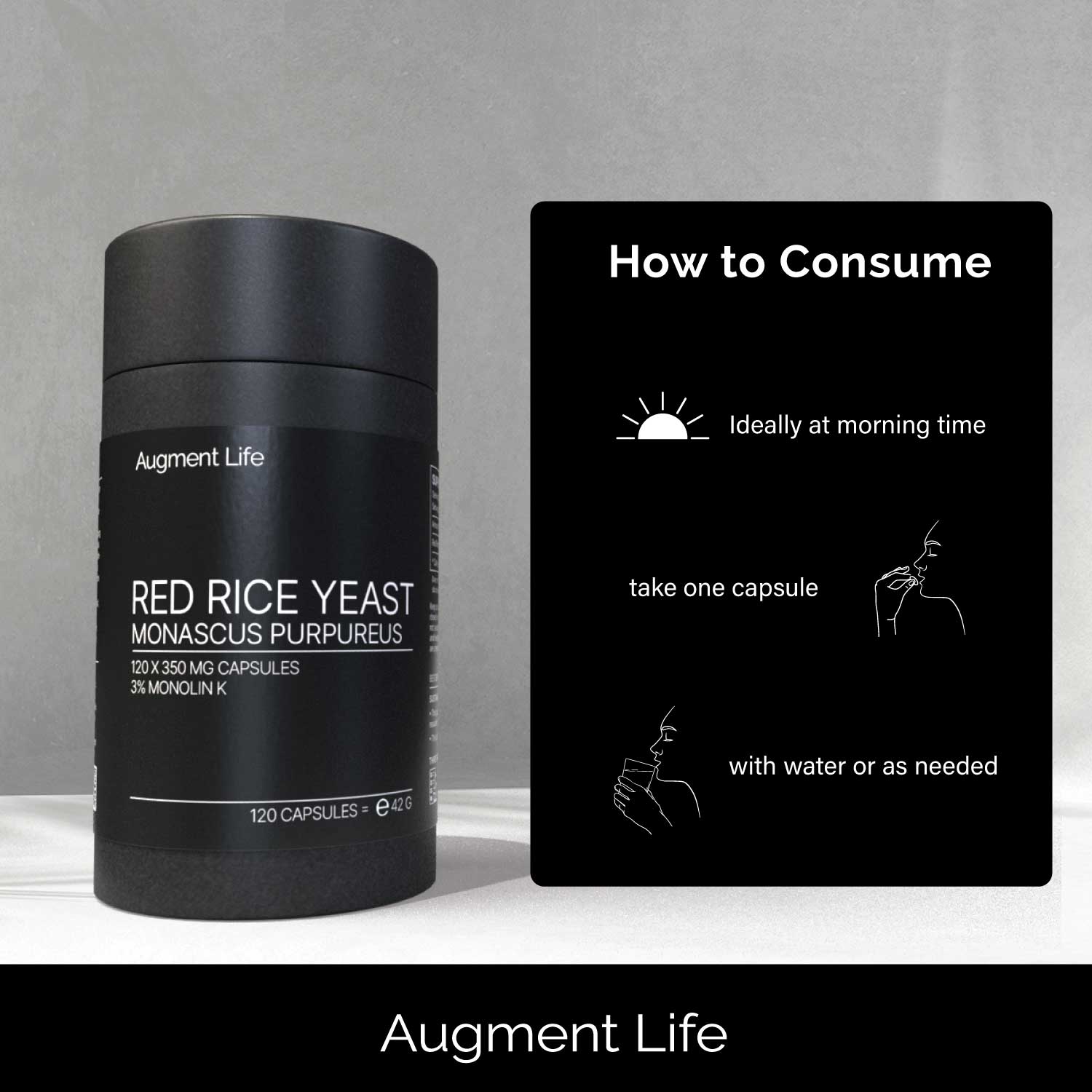





5.0 / 5.0
(2) 2 total reviews
Couldn't load pickup availability
100% Refunds on All Returns for Any Reason.
Red Yeast Rice, deeply woven into the historical tapestry of various Asian cultures, has transcended its traditional roles as a coloring agent and component in alcoholic beverages to emerge as a highly sought-after ingredient. Revered for its multifunctional applications over centuries, today it stands as a beacon of wellness. In the modern age, Red Yeast Rice is particularly esteemed for its medicinal benefits, notably in the realm of cholesterol reduction. This product encapsulates a rich heritage, offering you the chance to embrace ancient wisdom seamlessly blended with contemporary health pursuits, making it an indispensable addition to your wellness journey.
Every decision we make takes the health of our planet into account. At each stage of our operations, we find ways to reduce waste and minimize our carbon footprint.
We source sustainable and environmentally responsible materials and suppliers for our products. Our packaging is 100% biodegradable. And we actively look for ways to improve.
Reuse Tip: Once you’ve taken all your supplements, the tubes can be repurposed to hold paper clips and bobby pins or used in craft projects.
Our supplements are vegan, gluten-free, kosher, and halal. They are produced according to the highest standards in the food supplement industry to ensure you receive the best product possible.
International Organization for Standardization
We meet the highest standards in the food supplement industry: ISO 9001 and ISO 2200 qualifications. Learn More
Good Manufacturing Practice
All products are stored in a facility with low humidity and are refrigerated below 25° C to preserve potency. Learn More
Certified Food and Chemical Analysis
The BAV Institut tests every ingredient we use to confirm purity. Learn More
Third-Party Tested
We send all our supplements to third-party certified laboratories for additional quality control.
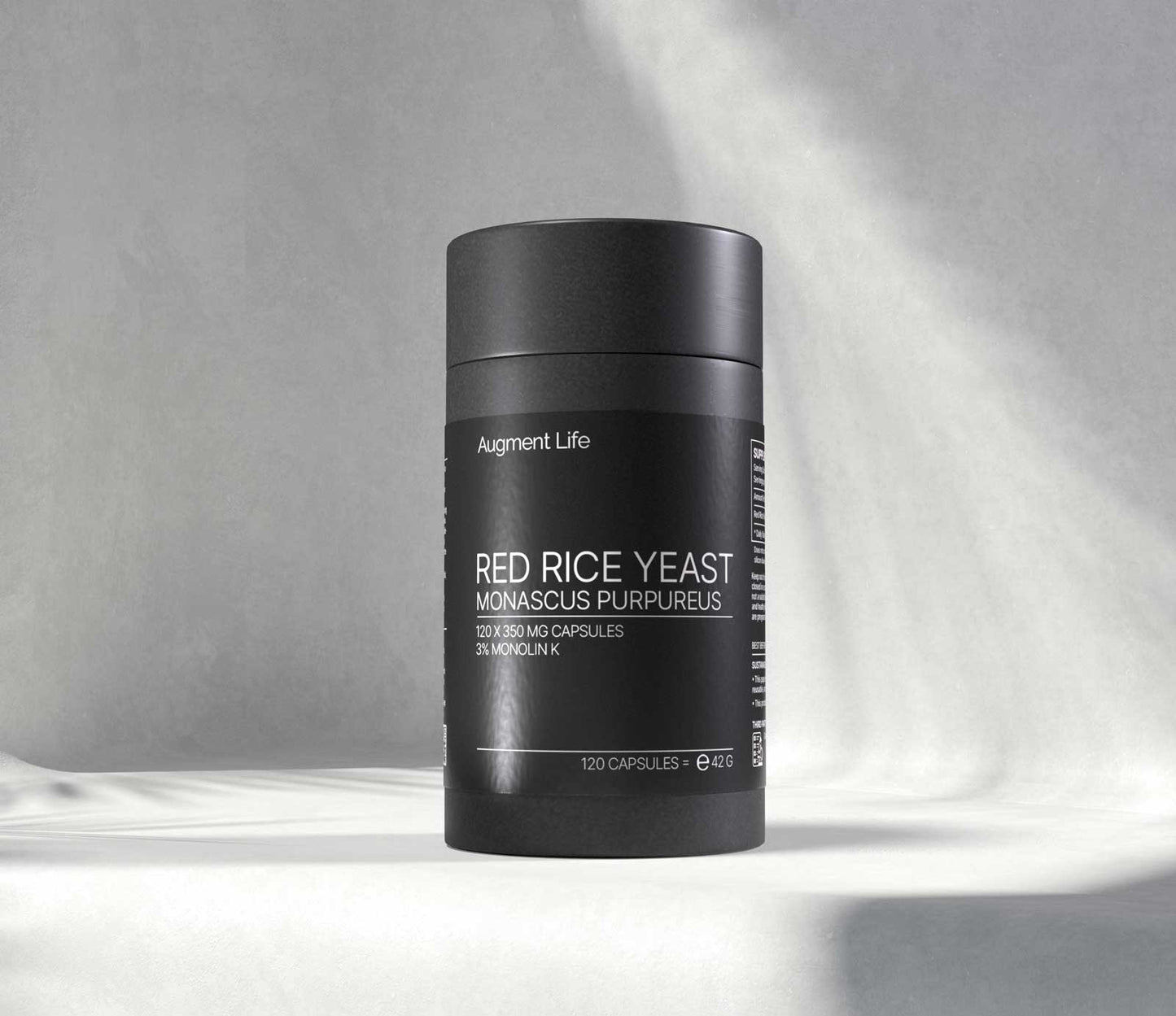
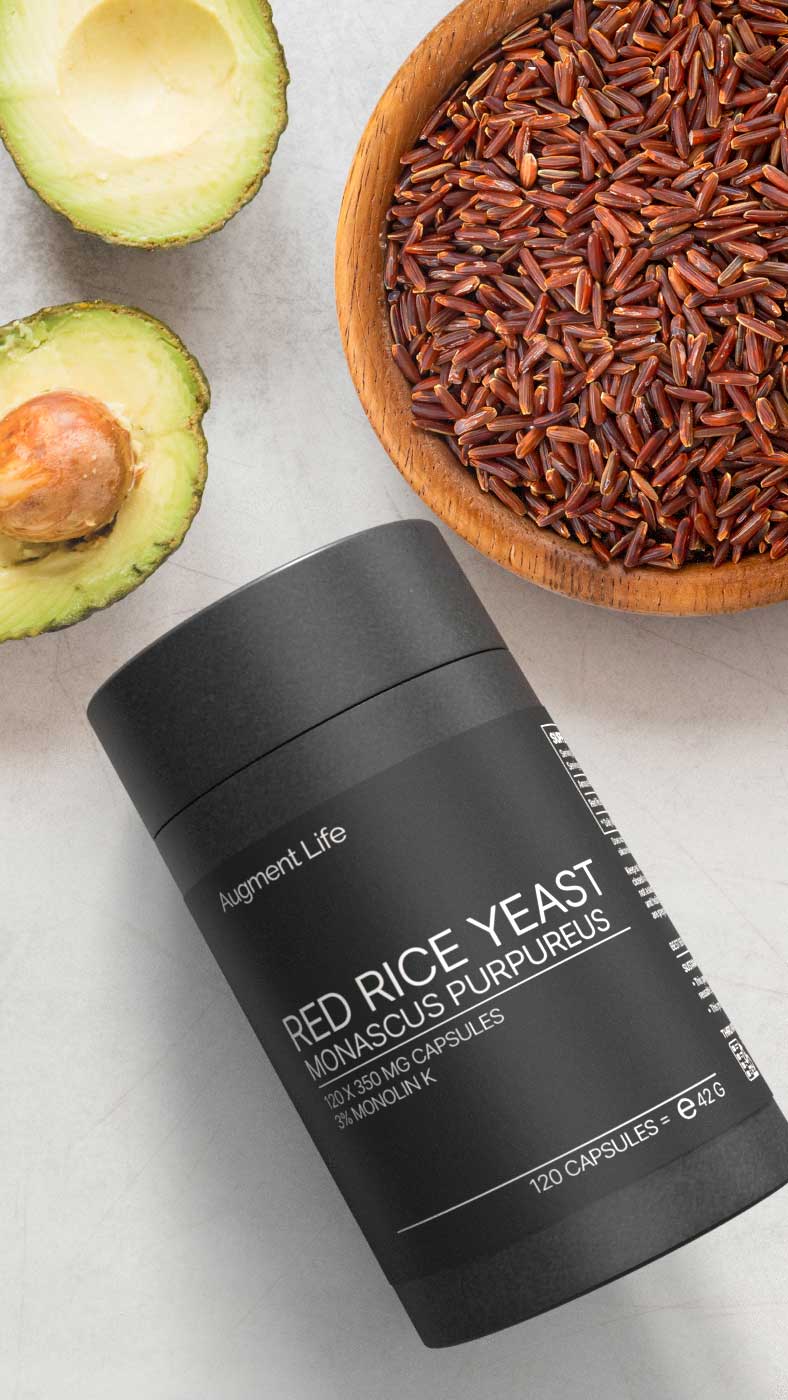

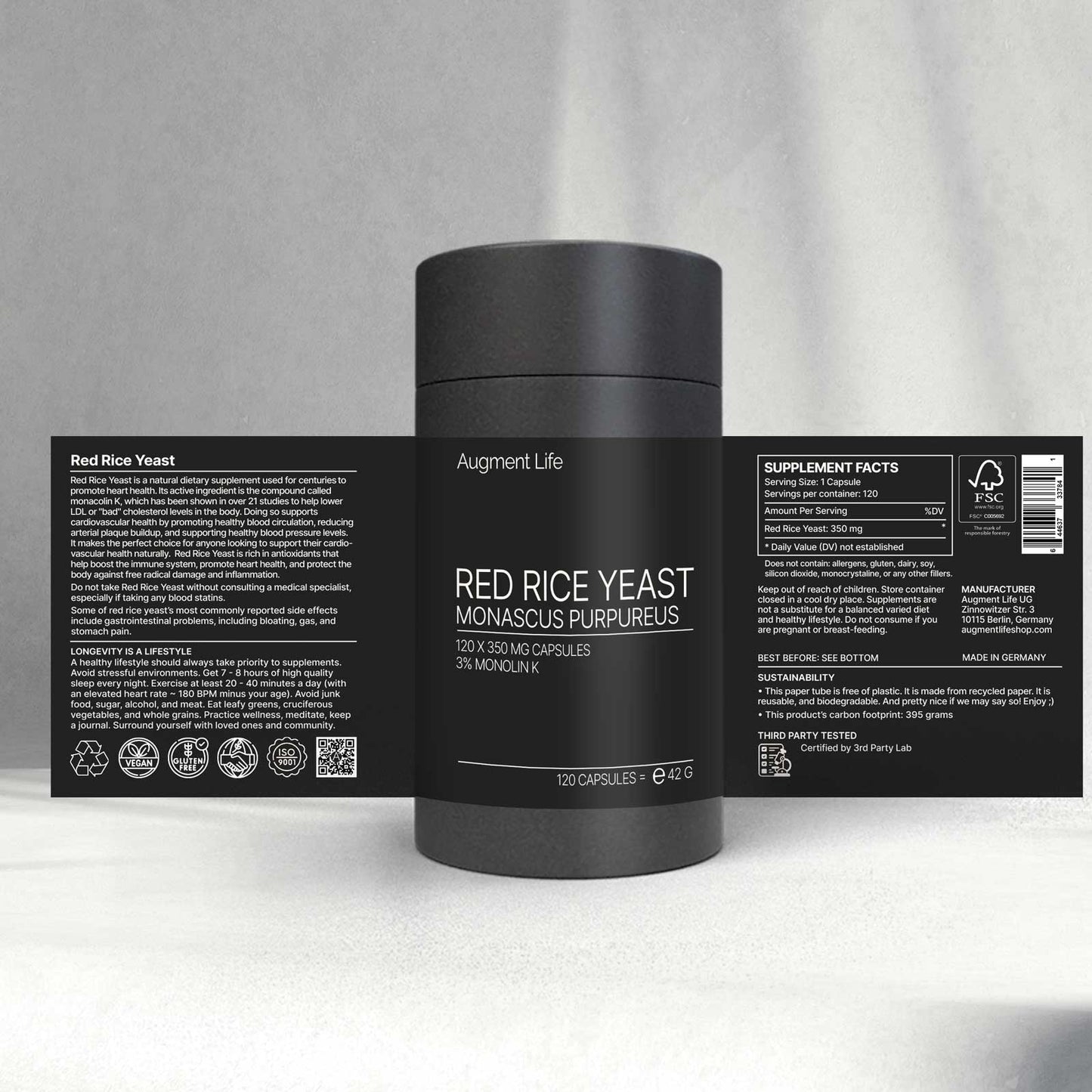
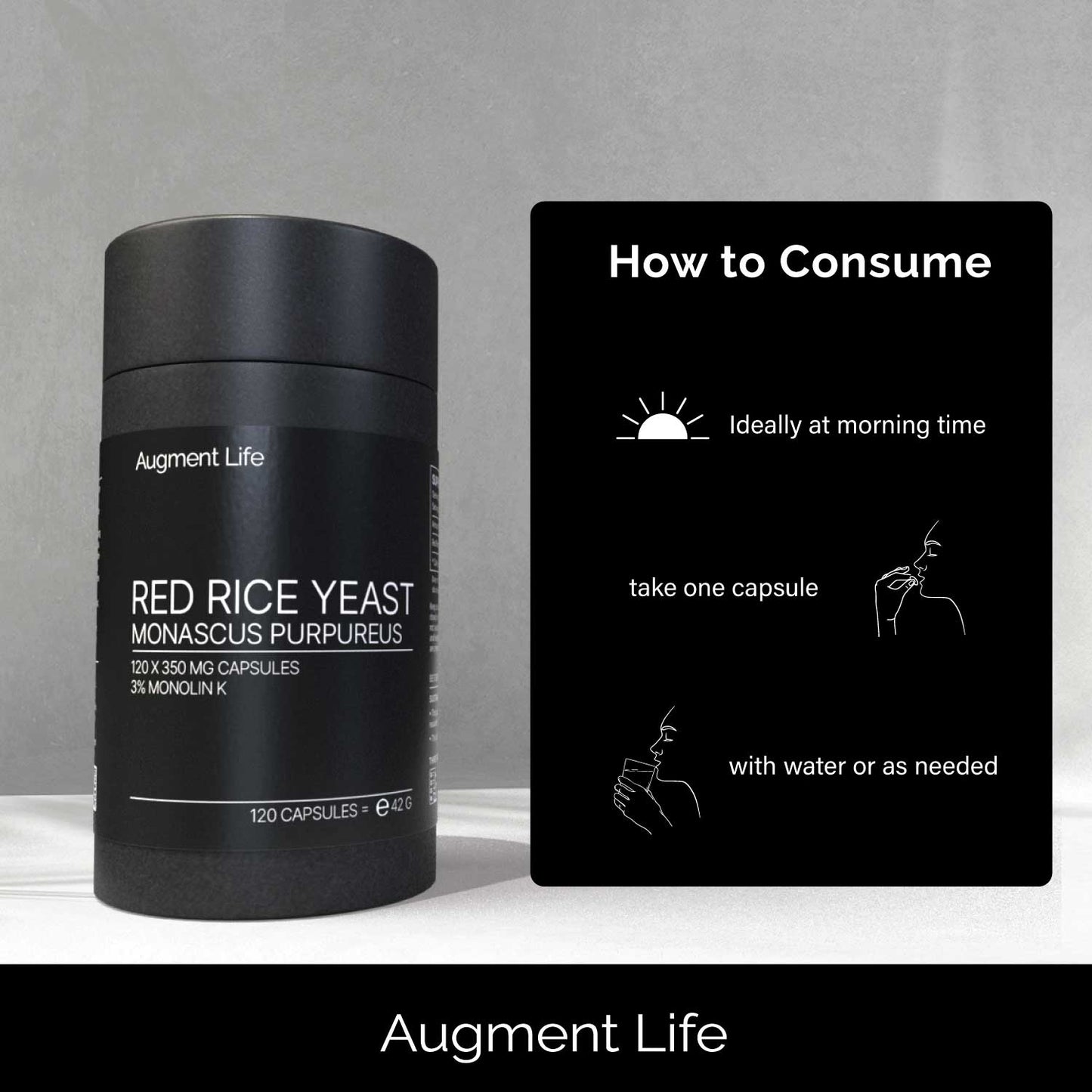
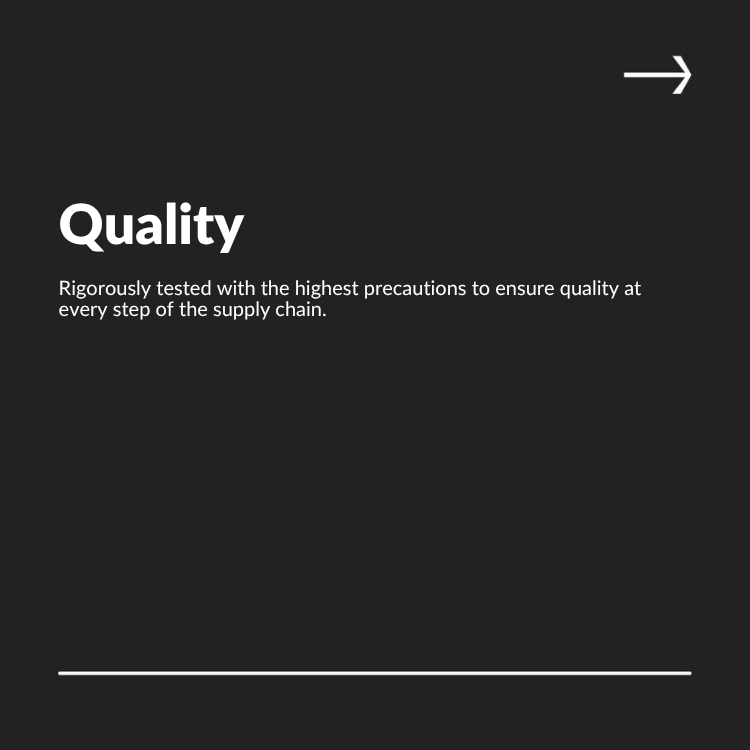


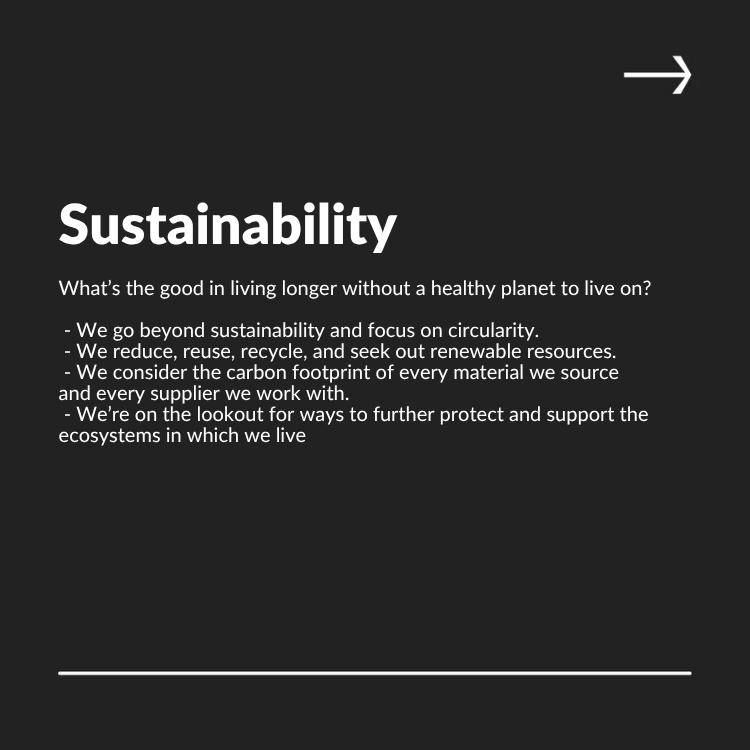

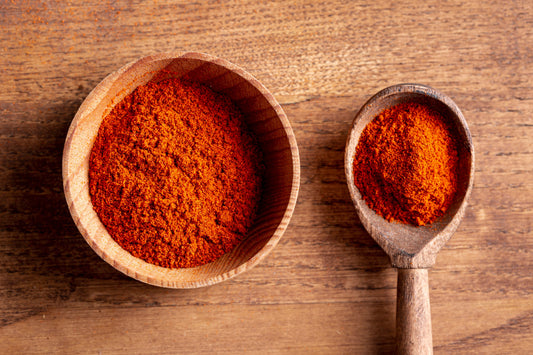
Learn more about this red yeast rice, its benefits, side effects, as well as its possible interactions to help you become well-equipped as you consider adding RYR to your daily...
Learn more about this red yeast rice, its benefits, side effects, as well as its possible interactions to help you become well-equipped as you consider adding RYR to your daily...
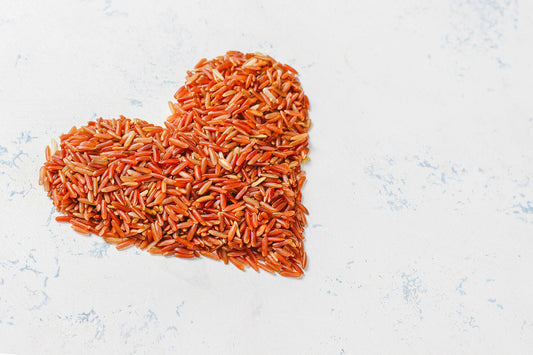
Red yeast rice is an ingredient that has been used traditionally for hundreds of years in Chinese medicine and is now well known for its ability to naturally lower cholesterol...
Red yeast rice is an ingredient that has been used traditionally for hundreds of years in Chinese medicine and is now well known for its ability to naturally lower cholesterol...
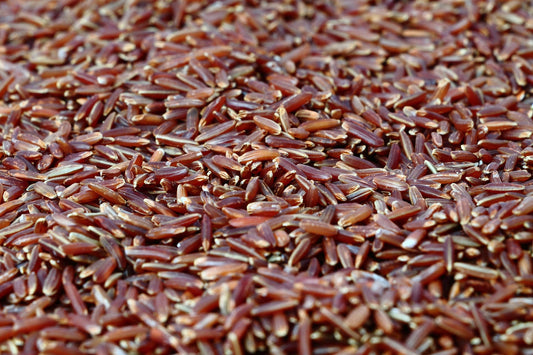
Red rice yeast is the product of white rice fermentation conducted by the yeast Monascus purpureus. Fermented red rice in powder form has been traditionally used in Chinese medicine for...
Red rice yeast is the product of white rice fermentation conducted by the yeast Monascus purpureus. Fermented red rice in powder form has been traditionally used in Chinese medicine for...